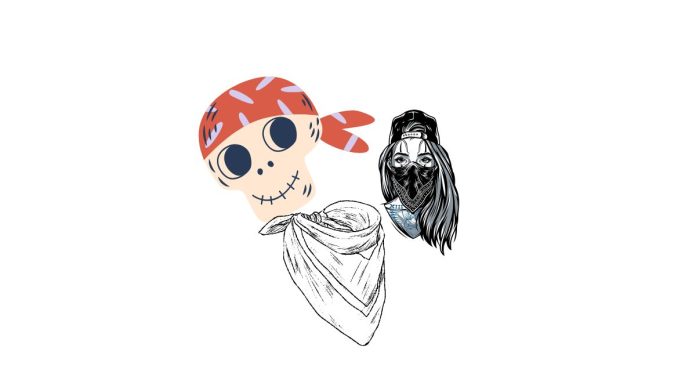The orange bandana is not traditionally associated with one specific gang in the same way that other colors like red (Bloods) or blue (Crips) are. However, it can still be associated with certain groups or individuals, depending on context or location. Some possibilities include:
- Surenos: In some cases, members of the Surenos (Southern California-based Hispanic gangs) have been known to wear orange, particularly in areas where gang colors may overlap or be region-specific. However, Surenos primarily use blue as their defining color.
- Independent or smaller local gangs: Some smaller or less well-known gangs may choose to use an orange bandana or other distinctive colors as a sign of affiliation. Local gangs sometimes use orange as a way to differentiate themselves from larger, more well-known gangs like the Crips or Bloods.
- Non-gang affiliations: It’s also worth noting that orange bandanas can be worn for reasons unrelated to gangs, such as to show support for certain causes (e.g., for awareness of certain diseases like leukemia, which uses the color orange), for fashion, or as part of cultural attire.
Ultimately, the meaning of an orange bandana can vary widely, so the specific gang association may depend on regional factors and the specific context.



